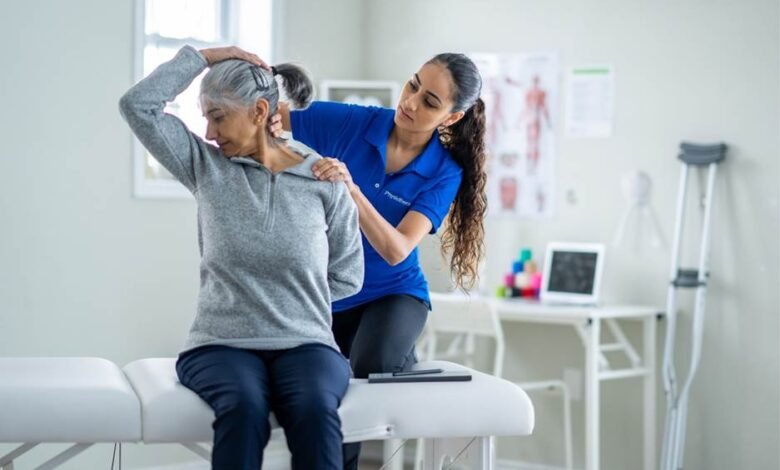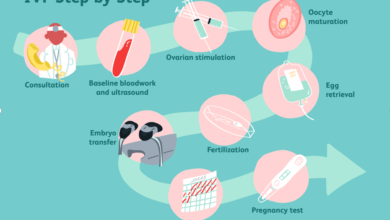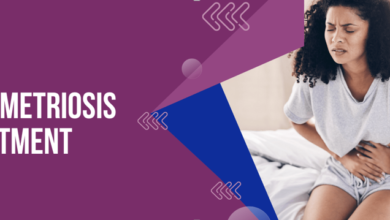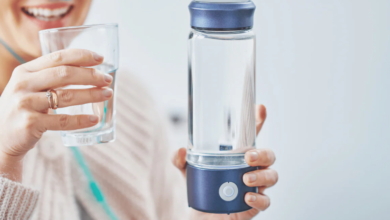Top Non-Surgical Treatments for Joint Pain Relief

Joint pain doesn’t always start with injury or aging. It can stem from inflammation, autoimmune disorders like rheumatoid arthritis, overuse, or even postural issues. Before choosing a treatment path, it’s essential to identify the cause. Consulting a specialist can help distinguish between temporary discomfort and chronic conditions. Early diagnosis gives you the choice of managing pain without surgery.
The Role Of Lifestyle Changes In Managing Pain
Small daily choices can significantly impact joint health. Staying physically active, avoiding long periods of inactivity, maintaining a healthy weight, and incorporating anti-inflammatory foods can reduce pain levels over time. Smokers and those with sedentary lifestyles often report more intense pain. Instead of reaching for medication at every flare-up, consider how lifestyle shifts might naturally support healing and reduce joint strain in the long run.
Physical Therapy And Guided Exercise
One of the most effective non-surgical options is physical therapy. Therapists use a variety of stretching and strengthening exercises to reduce stiffness, improve flexibility, and rebuild muscle support around the joint. A trained professional can assess your mobility and create a plan that’s both safe and targeted. The key here is consistency, doing exercises at home under guidance can be just as impactful as clinic visits when done regularly.
Hot And Cold Therapy For Immediate Relief
Alternating between heat and ice can work wonders, especially during acute flare-ups. Ice helps reduce inflammation and numb pain, while heat relaxes muscles and boosts circulation. Here’s how you can use this effectively:
- Ice packs: 15–20 minutes after activity or injury
- Heat pads: mornings or before physical activity
Use a cloth barrier to protect your skin and always follow a routine based on your specific symptoms.
See also: How to Improve Your Overall Health Without Breaking The Bank
Medications And Topical Treatments
Non-surgical doesn’t mean zero medical support. Over-the-counter medications like ibuprofen or paracetamol can manage inflammation and pain when used responsibly. Topical creams containing menthol, capsaicin, or NSAIDs offer targeted relief without affecting the whole body. However, long-term use should be monitored, and they’re best used in combination with movement-based therapies. Always talk to a healthcare provider before starting or mixing medications.
Platelet-Rich Plasma (PRP) Injections
PRP therapy uses components from your own blood to accelerate healing in damaged joints. It’s minimally invasive and gaining traction for treating osteoarthritis and tendon injuries. A few sessions may help regenerate tissue and reduce pain. While results vary, many patients see improvement within a few months, especially when paired with physiotherapy. It’s a good middle-ground option for those trying to delay or avoid surgery.
Ahmedabad has become one of India’s leading destinations for rehabilitation and physiotherapy services. With a large number of specialized centers, access to experienced professionals, and cost-effective yet modern facilities, patients are receiving comprehensive care that’s at the same level as metro cities. Whether it’s post-injury recovery, arthritis care, or chronic joint pain, choosing the right center makes all the difference. That’s why many are turning to trusted options like a physiotherapy centre Ahmedabad for better non-surgical treatments.
Hyaluronic Acid Injections For Lubrication
For those with osteoarthritis, hyaluronic acid injections can act as a cushion inside the joint. This naturally occurring substance helps lubricate cartilage and absorb shock, allowing for smoother movement and less pain. Typically injected into the knee, these treatments are ideal for patients with mild to moderate symptoms. While results aren’t permanent, many experience relief lasting several months.
Acupuncture And Alternative Therapies
Alternative approaches like acupuncture, chiropractic care, and cupping have shown promise for joint pain management. Acupuncture in particular stimulates nerves, muscles, and connective tissue, encouraging your body’s natural painkillers to kick in. While not a standalone cure, many people combine these with conventional treatments for added benefit.
The Benefits Of Weight Management
Extra weight puts undue pressure on joints, especially knees, hips, and lower back. Even a small reduction in body weight can significantly ease joint strain and lower inflammation. For example, losing just 5 kg can take up to 20 kg of pressure off your knees. Exercise routines made for joint care, such as swimming or Pilates, are low-impact and effective. A physiotherapist or dietitian can help you set realistic goals.
When To Consider Going To A Specialist
If you’ve tried multiple treatments with little success, it might be time to visit a pain specialist. These professionals evaluate your history, pain thresholds, and responses to earlier therapies, offering advanced non-surgical solutions like nerve blocks. They work alongside orthopedists and physiotherapists to design a complete management plan, especially for chronic or radiating joint pain.




